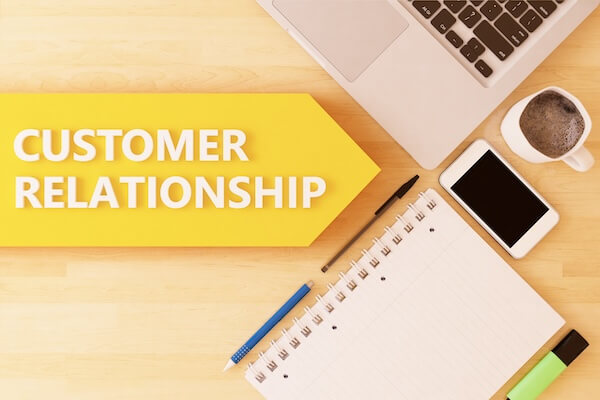Incorporating strategies to handle customer complaints effectively should be an integral part of your ongoing training regimen. A recent article from learning and development training company Learnexus outlines how to design an effective customer service training program. Below are 10 areas to consider.

Define Preferred Outcomes
Start by clearly outlining your desired outcomes for handling customer service complaints. Maybe you want to improve response times or increase customer satisfaction ratings? Be as clear as possible. By outlining the end goal, you’ll define the core of your customer service strategy and in turn, help employees navigate these situations more effectively.
Assess Your Current Customer Service
Look for both strengths and weaknesses in your current customer service approach. If needed, consider sending out customer satisfaction surveys, review past cases and analyze recent feedback. This will help you know what doesn’t need tweaking — and what does.
Develop Essential Skills
To handle issues effectively, your customer service representatives should be empathetic, solution-oriented and have strong active listening and communication skills. Use a mix of interactive exercises, role-playing scenarios and case studies to develop these skills in your team.
Incorporate Company Values
What are some of the core values of your company culture? Make sure that training focuses on these behaviors so that representatives can embody them while delivering effective customer service.
Keep Company Guidelines in Mind
Provide comprehensive training on your return policies, delivery procedures, and other company guidelines. Make it clear which policies are flexible and allow for case-by-case exceptions, fostering a customer-centric approach.
The Right Mix
Variety is the spice of life, so they say, and the same is true of a successful customer service training program. Look at your team and consider their preferences, abilities and the skills you want to develop. Use a mixture of instructor-led sessions, e-learning modules, role-playing exercises and even mentorship for a well-rounded experience.
Escalation Procedures
Equip your team with the knowledge of whom to turn to for assistance when they encounter challenging issues or when a customer complaint escalates. This ensures that problems are addressed promptly and efficiently.
Empower Decision-Making
Clarify the level of autonomy employees have in resolving customer concerns. Empowered employees can provide swift and satisfactory resolutions.
Acceptable Behavior
Clearly define what customer behavior is deemed acceptable versus unacceptable under any circumstances. This helps set boundaries and ensures a respectful environment for employees and customers.
Stay Open to Adjustments
After implementing your new program, remember that the goal is progress, not perfection. Gather feedback from customers and be willing to make any necessary changes suggested by colleagues.
By implementing these strategies into your training curriculum, you can enhance your team’s ability to handle customer complaints adeptly, which will ultimately lead to increased customer satisfaction and loyalty. Download our easy-to-follow infographic here.







